16 Secrets of School Portrait Photographers

One by one, they form a little conveyor belt—throngs of students lining up to sit in a chair, look into a camera lens, and smile. For millions of kids, picture day is a way to memorialize their appearance in a given year, although later the out-of-fashion clothes or cosmetic growing pains may be a way to memorialize pure awkwardness. For the photographers tasked with the job, however, picture day means corralling hundreds of children and establishing a comfort level without any time to waste.
“We get about 30 seconds per kid,” Kristin Boyer, a photographer in Atlanta, Georgia, who has been taking school portrait photos for eight years, told Mental Floss in 2018. “And it’s amazing how much impact you can have. You want to make them feel like a million bucks—beautiful, awesome, and smart.”
To get a better sense of what goes into the job, we asked Boyer and two other school photographers to divulge some of the more interesting aspects of wrangling kids for posterity. Read on for some insight into uncooperative subjects, why mornings make for the best shots, and the importance of booger patrol.
1. Schools get a cut of their fee.
While deals can vary by school, photographers typically get paid when parents order photos. The school then takes a percentage of that fee.
To select a professional, schools will often take bids. "I make a presentation," Boyer said. "I'll explain what I do. Sometimes schools are looking for certain things." Boyer takes more dynamic shots with ambitious outdoor backgrounds; some larger schools herding 1500 or more kids, she says, may want to opt for a simple portrait to expedite the process.
As for what schools do with their portion of the revenue, it depends on the school. But many usually sink it back into student programs.
2. Parents take picture day very seriously.
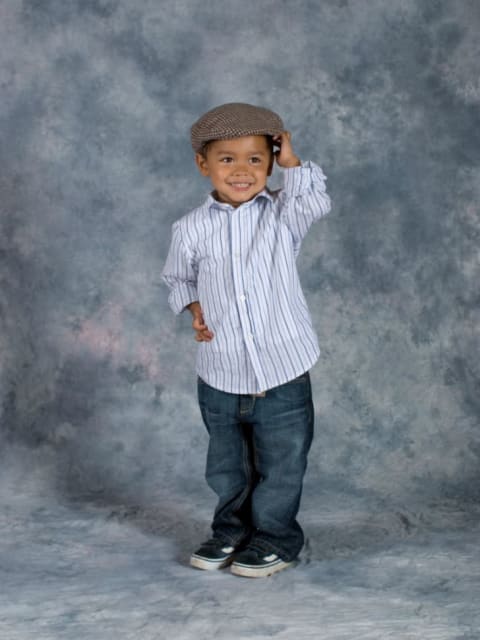
“Parents are very passionate about their kids getting good school photos,” Courtney, a photographer based in Canada, told Mental Floss in 2018. They might send along a note with their kid describing what they didn’t like about the previous year’s photo. “When I started, I didn’t expect the level of hostility with parents when a photo doesn’t go the way they want it to.”
Boyer has sometimes had parents ask to stand behind her while she shoots so they can take their own pictures. “I usually say no cell phone photos. If they take theirs, they won’t buy mine.”
3. They try to take pictures before lunchtime.
For younger kids, mornings are better. After lunch, photographers are likely to need the help of photo-editing software. “One of my first-graders got spaghetti on them,” Boyer said. “You don’t want to let them start to get markers or food all over.” Boyer’s most unusual Photoshop request? “I edited out a cookie once. The kid would not sit down unless he had a cookie.”
4. Kids are sometimes terrified of them.
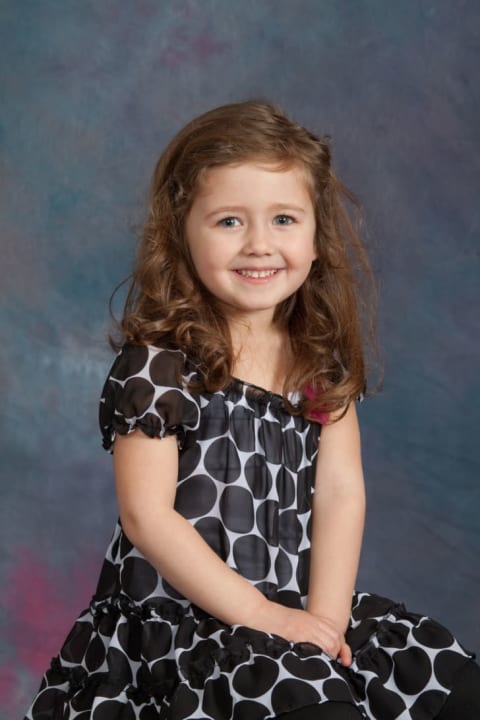
Portrait photographers typically work across a spectrum of ages, from kindergarteners to high school seniors. If a child is very young, it’s possible the entire idea of sitting for a portrait will scare them silly. “You always get one or two that are just terrified,” Grant, a portrait photographer who works on pre-K to 12th grade, told Mental Floss in 2018. “I’m a big, beefy dude, and sometimes a kid will get in there and see me and go, ‘Oh, I’m not doing this.’” To placate the pensive pupils, Grant makes a big show of leaving by stomping his feet, then lets one of his less-threatening assistants take the pictures.
5. Younger kids take everything literally.
Photographers need to be careful when giving instructions to kindergarteners and first graders, who tend to process things with little nuance. “Sometimes I’ll ask a kid to high-five me and I'll act like it hurts,” Grant said. “I’ll ask for a Band-Aid. Sometimes they’ll look very serious and say, ‘I don’t have one.’” Another time, Grant asked a kid to point his knees toward a nearby computer. “He came over and touched his knee to the laptop.”
6. Some kids insist on having props.
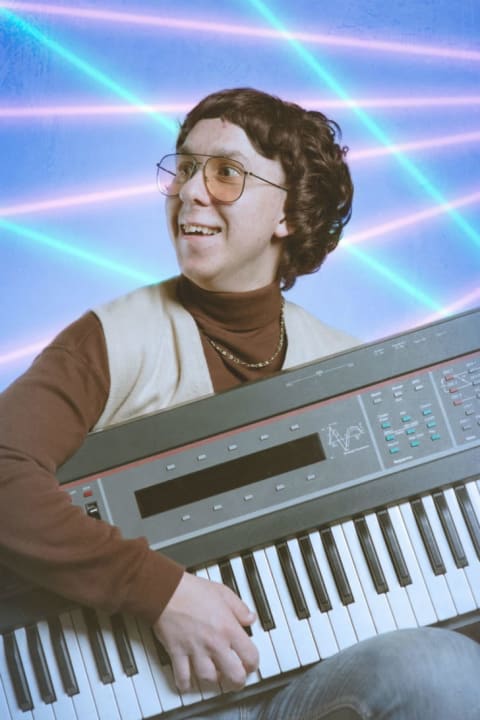
A lot of photographers are switching up the conventional portrait by snapping pictures of kids outdoors, in "action" poses like jumping, or against more eclectic backgrounds. Kids are getting more creative, too. Like prop comedians, they will sometimes arrive for picture day armed with accessories. “I’ve seen everything from Halloween costumes to dogs and other pets,” Courtney said. “Or they want to wear hats or sunglasses.” If it’s within reason and OK with the school, she’ll take one traditional photo and then let the subject pose with their prop for the second.
7. Selfies have made their job harder.
Posing for a professional portrait can be a strange experience for a kid who has spent considerable time on a cell phone. “Kids have gotten much more comfortable in front of the camera, but it’s bad selfie behavior,” Boyer said. “Doing duck lips, thrusting their arms out to make their shoulders straight. You kind of have to re-train them.” Boyer lets them know it doesn't look good, but "I say it in a nice way."
8. “Orange chin” is a problem.
Sometimes, fashion can betray kids. “Fluorescent green and orange tops seem popular now and light tends to bounce off of it and on the chin,” Grant said. “The bottom of the chin tends to turn orange.” Unless they happen to have an extra shirt or request a photo retouch, they’re stuck with it.
9. There's a reason they ask kids to tilt their head.
Aside from some unfortunate fashion choices, one staple of school photos is the head tilt, with kids cocking their faces off to one side. According to a school photographer on Reddit, there's a good reason for that. "These photos are going to be used for the yearbook (more than likely) and everyone should have somewhat of the same head pose," they explain. "The way we stage our lights does not flatter the subject when they're looking straight at the camera. If you tilt your head you're more likely to also move your chin in that same direction, which makes for a more interesting highlight/shadow play and also has the added benefit of making the face look smaller (if you're a little overweight)."
10. They use a system to track each kid.
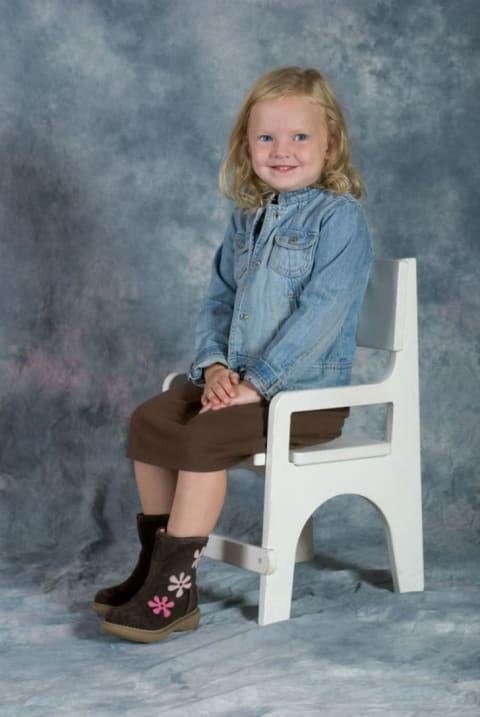
With hundreds of students at a given school, photographers need a reliable system of identifying kids and making sure their names match up to their portfolio. While systems vary, one of the most common is to collect school data and then print a unique ticket with a student’s name, grade, homeroom, and a number. “Those have a barcode,” Grant said. “So they come up, we scan the ticket, and pull up their record. It’s like scanning soup at a grocery store.”
It’s also error-free, unless some senior decides to trade tickets with a friend so their names get mixed up on their school identification cards. “They don’t seem to think it out, though, because the homeroom teachers pass the cards out and will notice the picture isn’t of them.”
11. They have some silly strategies for making a kid smile.
Photographers have less than a minute to relax a kid enough so they deliver a broad, genuine smile. To facilitate that, Grant keeps a laundry list of groaners at his disposal to provoke a laugh. “It’s like a script tree that a telemarketer would use,” he said. “If a kid says they play soccer, I’ll say, ‘Oh, so you like kicking people?’”
Photographers also rely on another age-old technique: embarrassment. “In grades four to six, if you ask girls to say ‘boys’ and boys to say ‘girls,’ it’s so scandalous,” Grant said. “For a second shot, you ask them to say, ‘cute boys’ or ‘cute girls.’ That typically works.” Grant can also provoke smiles by asking about pet names. Elementary kids react to being asked to say, “trick or treat, smell my feet.” If they remain stubborn, Grant will pull out all the stops and request they say “stinky feet.”
12. Someone needs to be on booger patrol.

While photo-editing software can address rogue snot, no one really wants to spend the extra minutes digitally erasing boogers from photos. Boyer typically enlists volunteer parents to make sure faces are wiped clean or has assistants armed with tissues, combs, and other grooming products to make for a stylish and snot-free image. “We usually try to catch things like that before they get in front of the camera,” she said.
13. Sometimes they regret asking questions.
To build rapport, photographers are always looking to get kids to talk about themselves. Once, one of Grant’s assistants asked if a child had any pets. “Yes,” the kid responded. “Rabbits. But we ate them last night.”
14. Kids like to mess with them ...
The older kids get, the more they tend to commit acts of subversion. “One kid came in with his jacket on, took it off, sat down, and was ready to go,” Grant said. “I knew something was going on. I looked at his shirt and it said ‘Student of the Month.’ Except he put masking tape over the ‘ent’ so it read ‘Stud of the Month.’” (After consulting with the principal, the kid was allowed to keep it on for the photo.)
Courtney had a kid sit down with what looked like a nice shirt with birds on it. “It was actually middle fingers,” she says.
15. ... And some kids are just a pain.
While most kids are cooperative, Grant will sometimes see subjects who want to make their life as difficult as possible. "Seniors tend to fool around more and be difficult on purpose," he said. "Some of them are just perpetually in a bad mood or feel self-conscious." Sports teammates might egg each other on to not crack a smile. One school photographer who works for Lifetouch writes on Reddit that there are one or two "problem kids" per class: "You just have to remember they're just doing it for attention because they aren't getting it somewhere else."
16. According to them, there’s no such thing as a bad school picture.
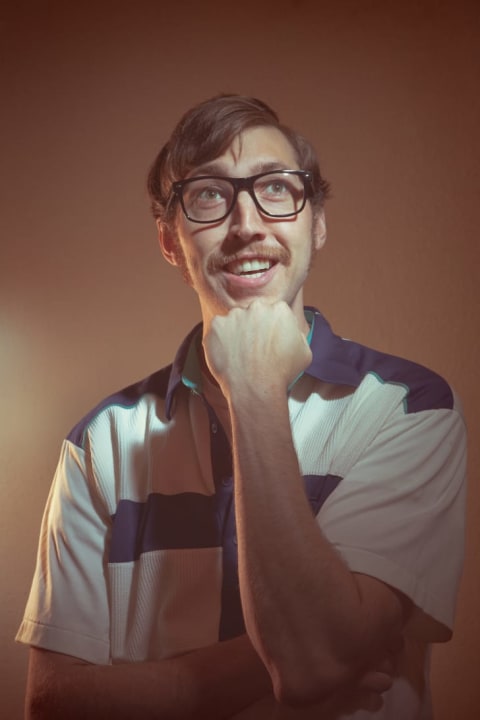
The internet is overflowing with awkward and embarrassing school photos, from unfortunate backgrounds to unfortunate hairstyles. But according to Grant, “bad school photo” is a misnomer that gives photographers a bad rap. “There’s a common idea school pictures are bad,” he said. “No. School pictures are like shooting fish in a barrel. Is a kid going to smile? Is a kid going to lean into it? Or is it going to be bad no matter what I do? If you think the picture is bad, well, no, that’s you. The picture was fine. The bad haircut wasn’t.”
A version of this article was originally published in 2018; it has been updated for 2022.